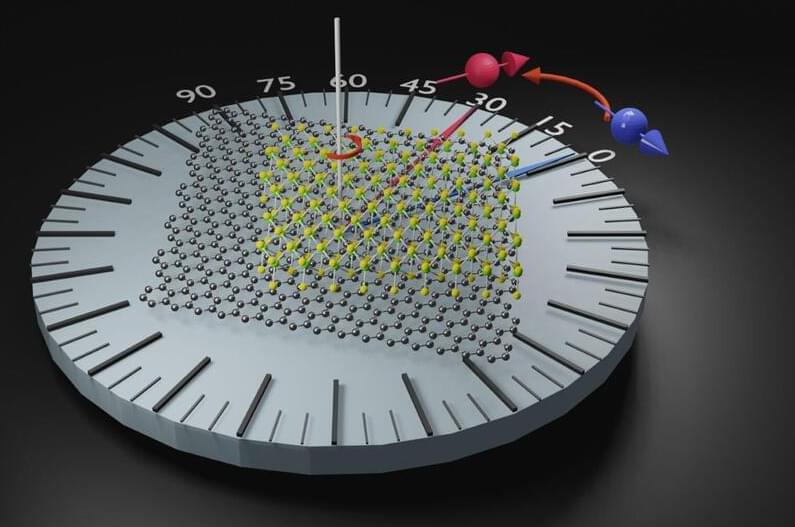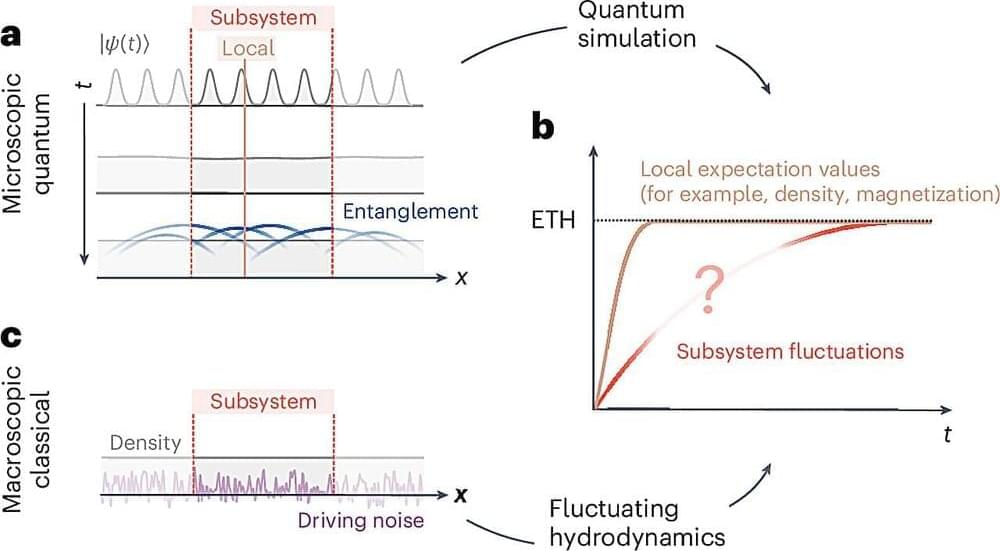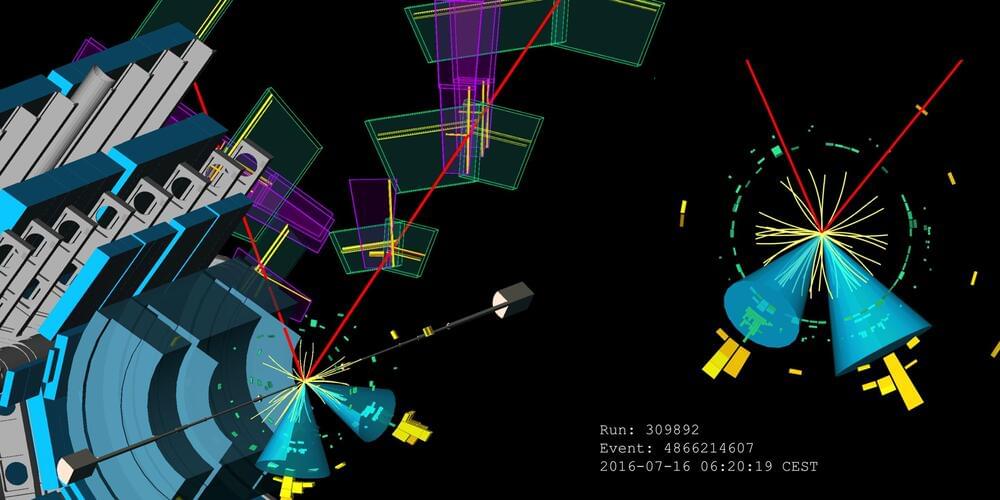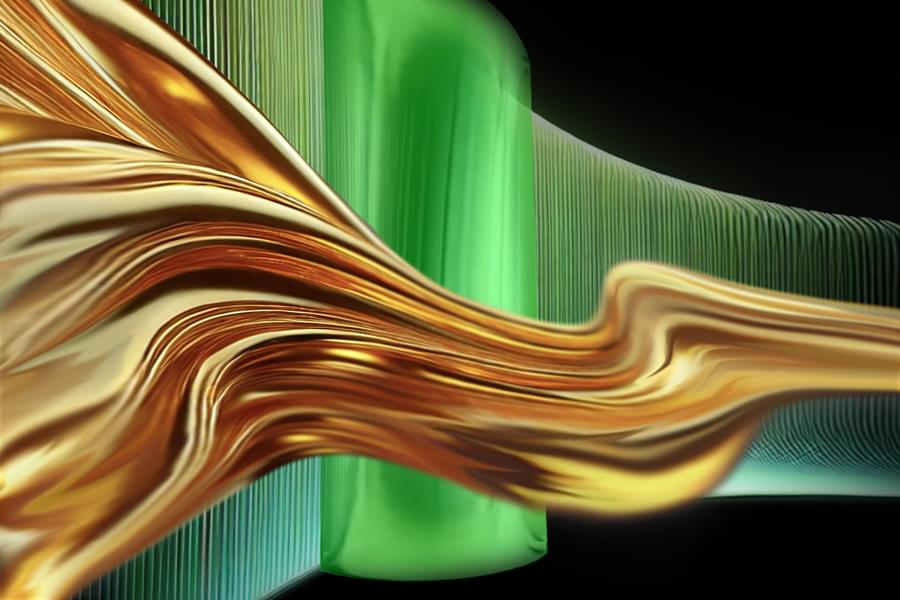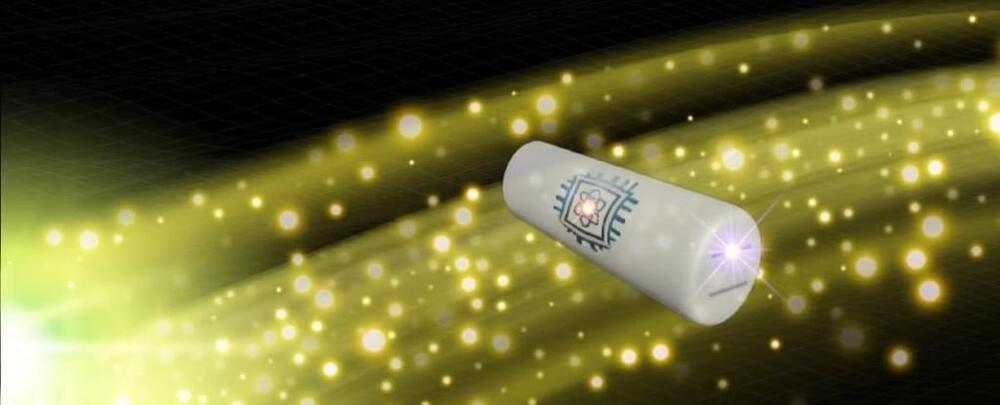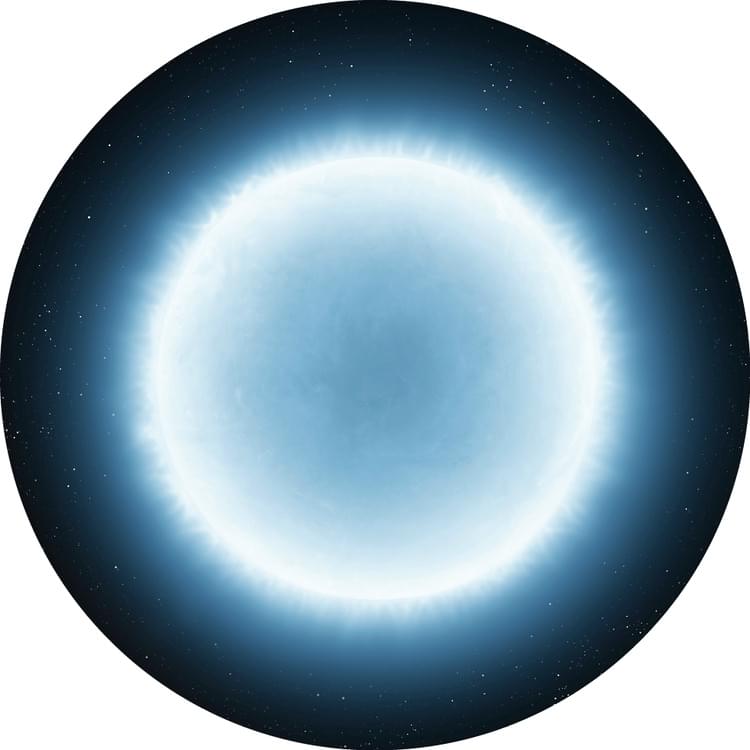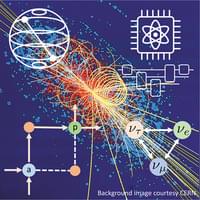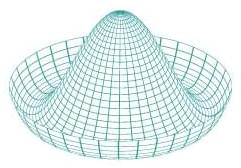Sep 11, 2024
Unprecedented spin properties revealed in new artificial materials
Posted by Saúl Morales Rodriguéz in categories: materials, particle physics
In conjunction with research staff from the Charles University of Prague and the CFM (CSIC-UPV/EHU) center in San Sebastian, CIC nanoGUNE’s Nanodevices group has designed a new complex material with emerging properties in the field of spintronics. This discovery, published in the journal Nature Materials, opens up a range of fresh possibilities for the development of novel, more efficient and more advanced electronic devices, such as those that integrate magnetic memories into processors.
